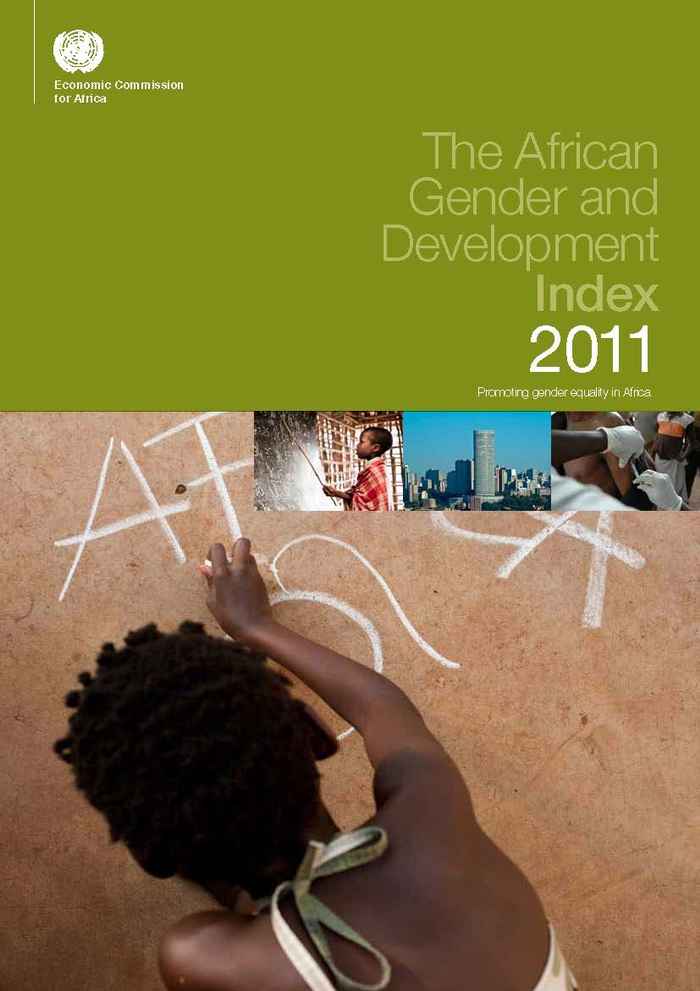Constructing Gender Indexes: Applied Feminist Anthropology in Experiences in Africa (UN-ECA) and Indonesia – Lunch lecture by Saskia Wieringa (Professor of Gender and Women's Same-Sex Relations Crossculturally, University of Amsterdam)
By Simone Schneider
Indexes such as the Gender Development Index (GDI) or the Gender Empowerment Measure (GEM) are commonly used worldwide as measurement tools to assess women’s empowerment in different countries. As Wieringa discussed in her lecture, those indexes are often very narrowly designed and fail to take relevant and country-specific variables into account. Based on that criticism, Wieringa presented two new measurement tools that were developed and implemented to examine women’s empowerment and gender relations in Africa and Indonesia.
